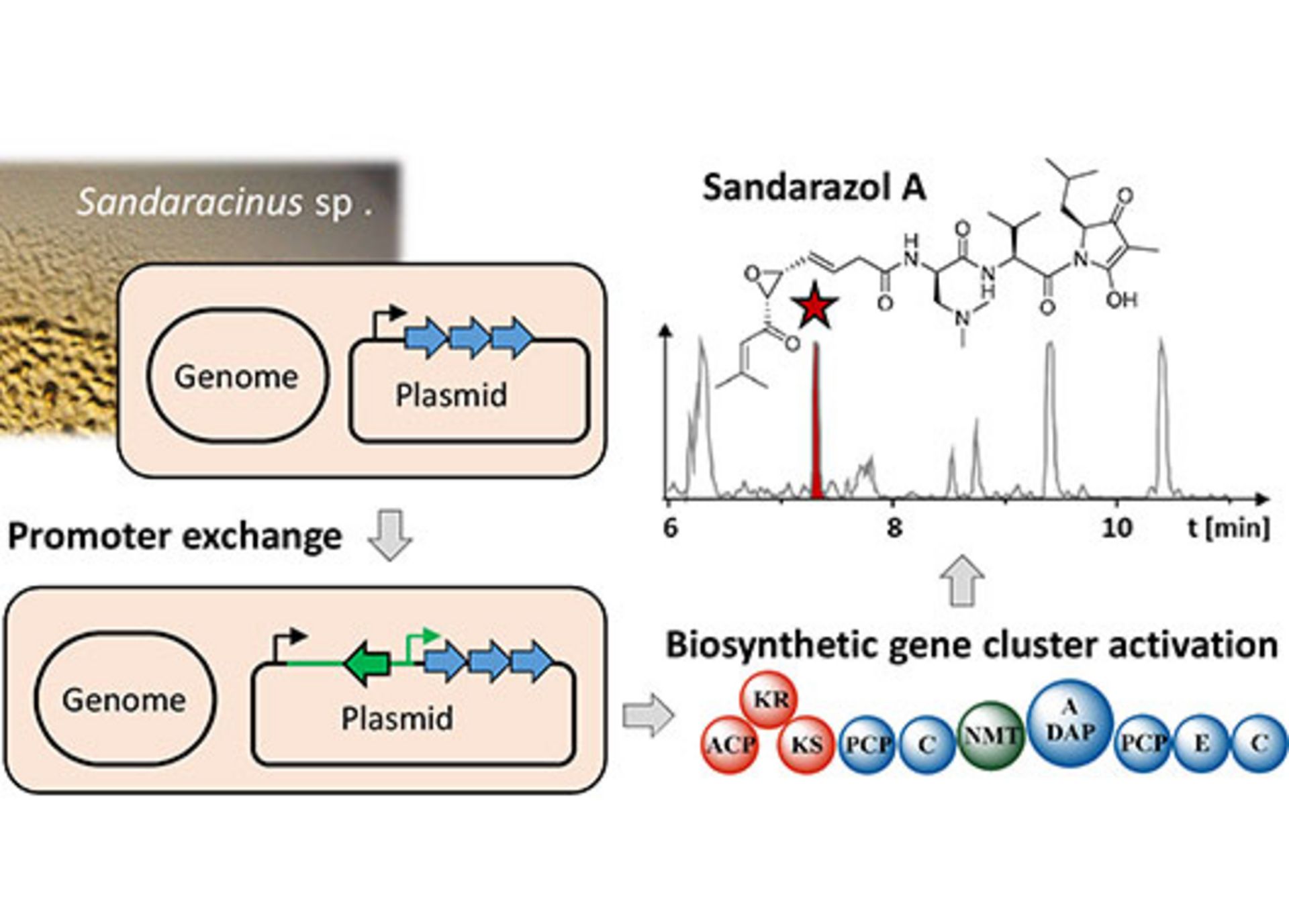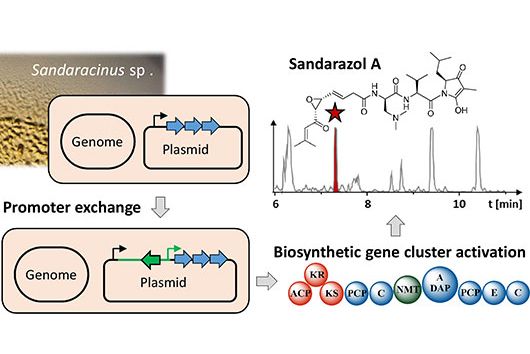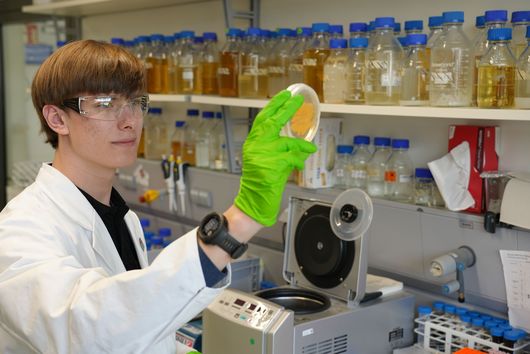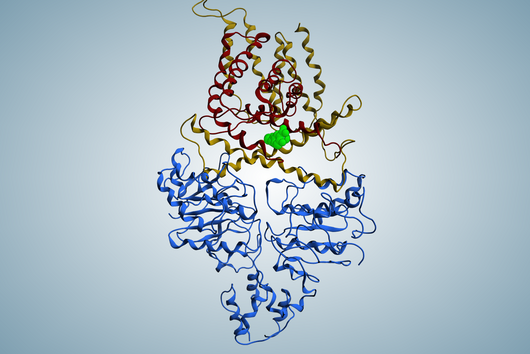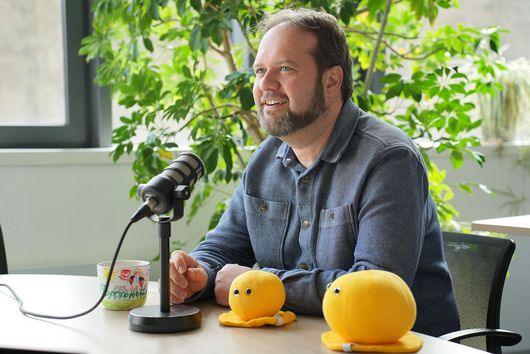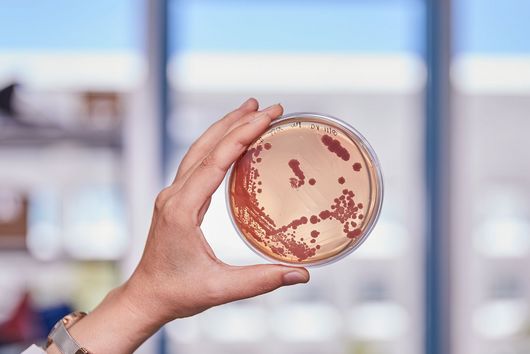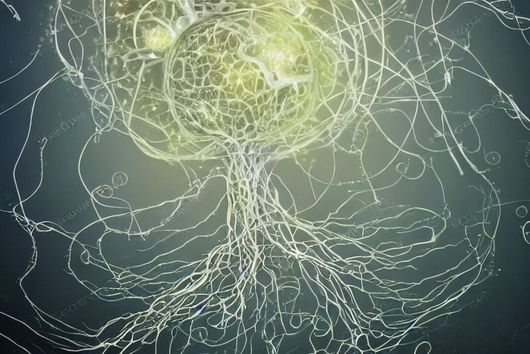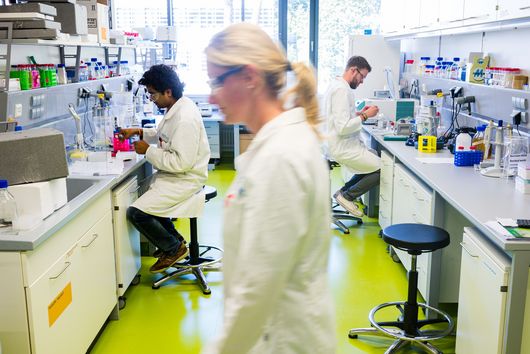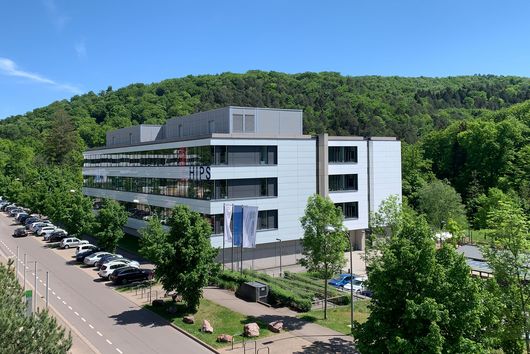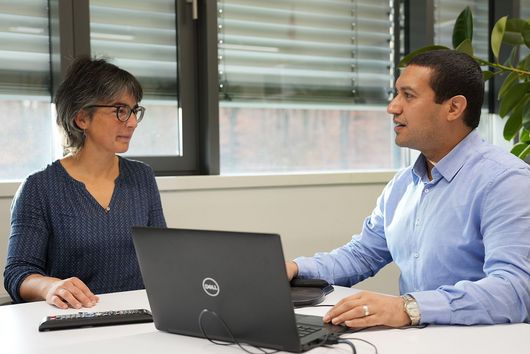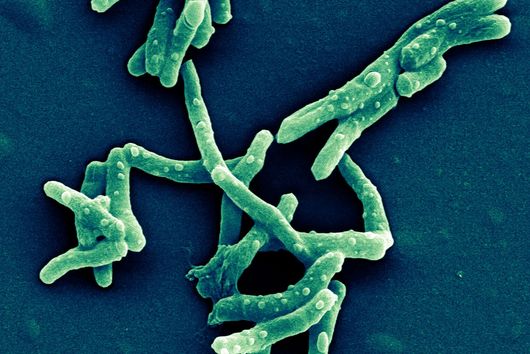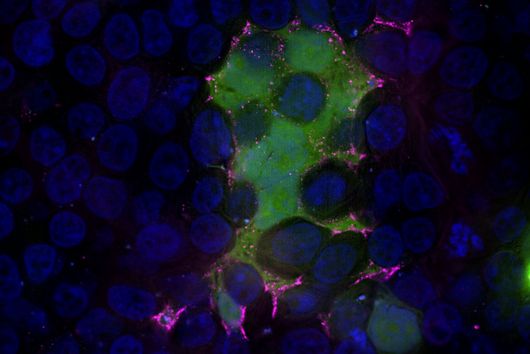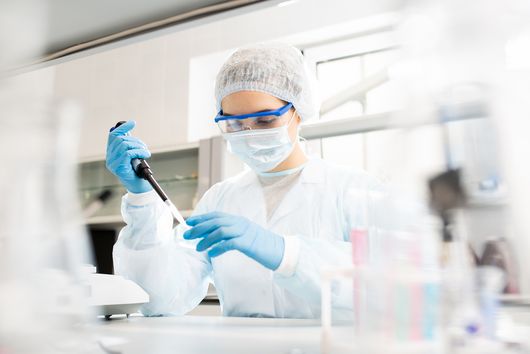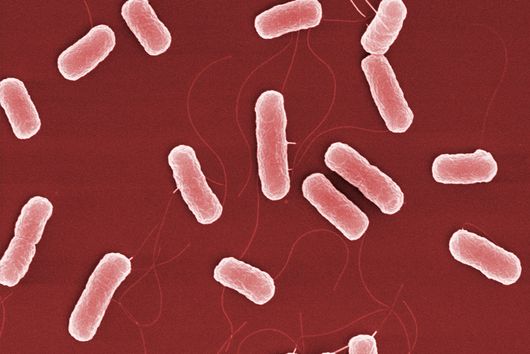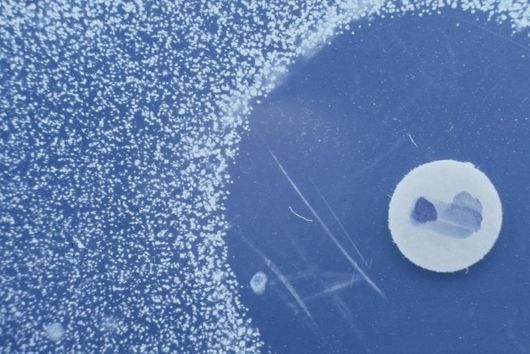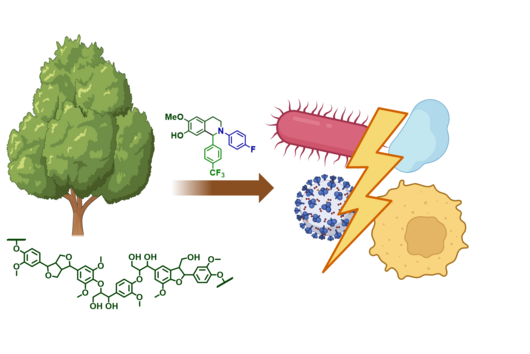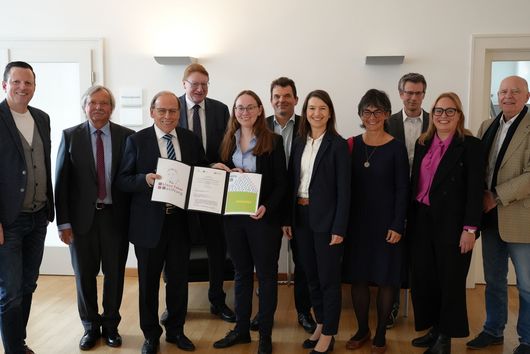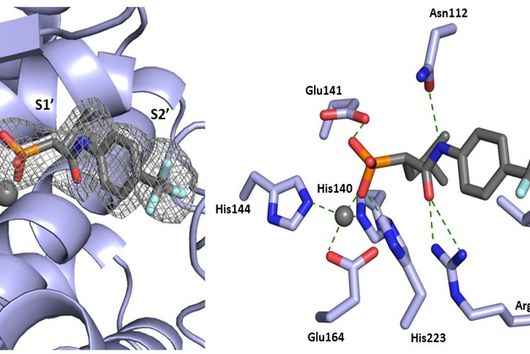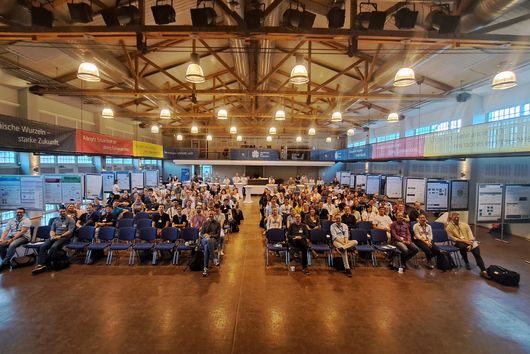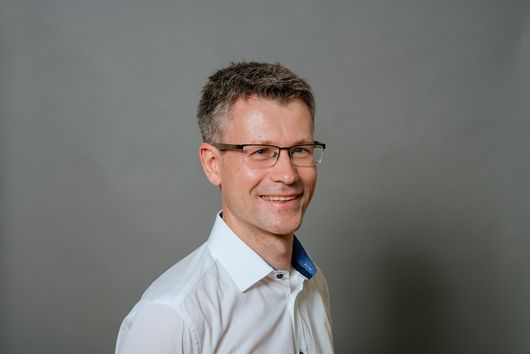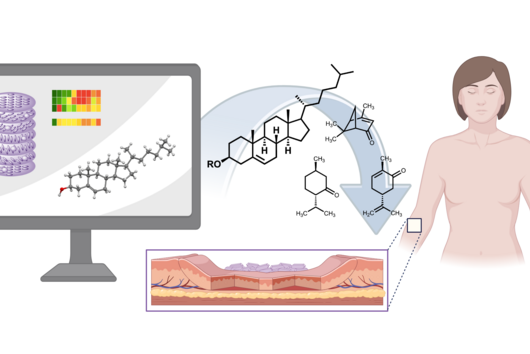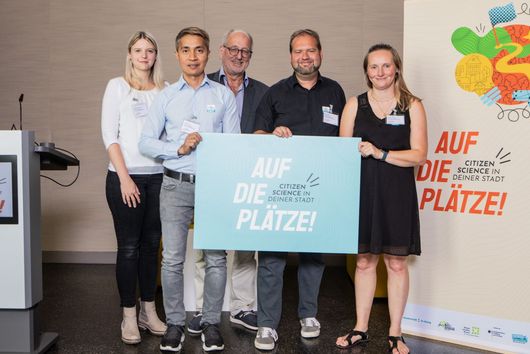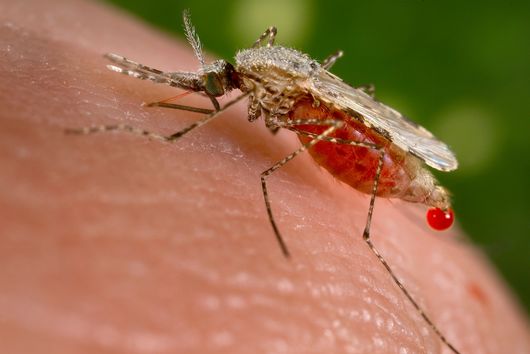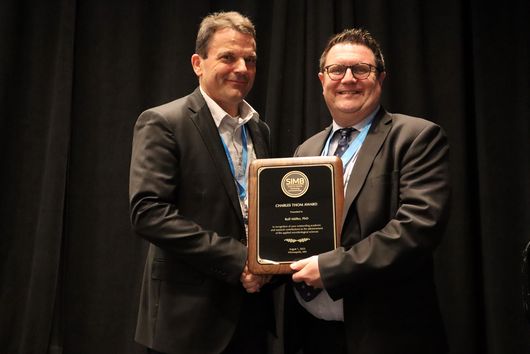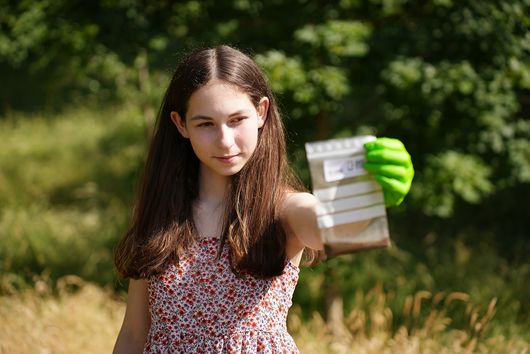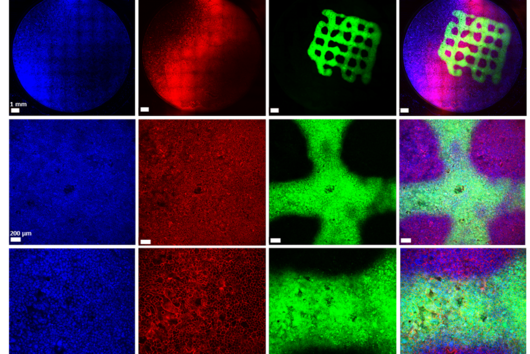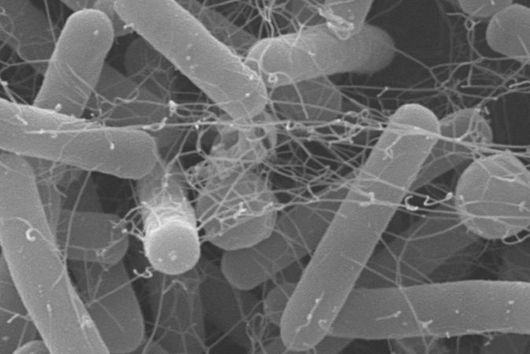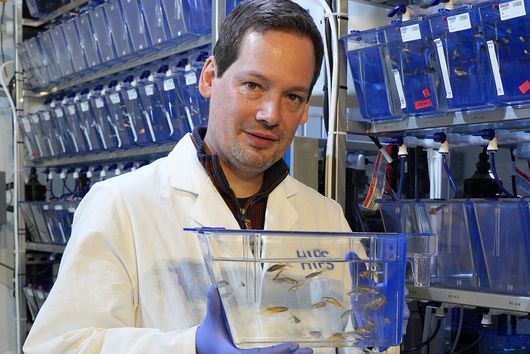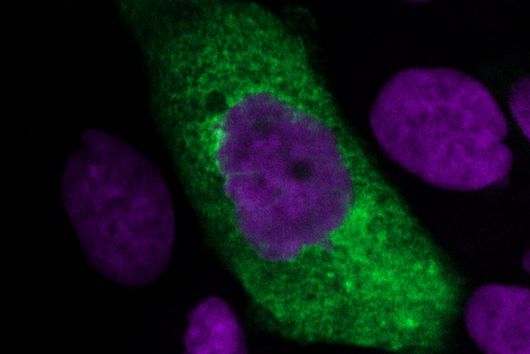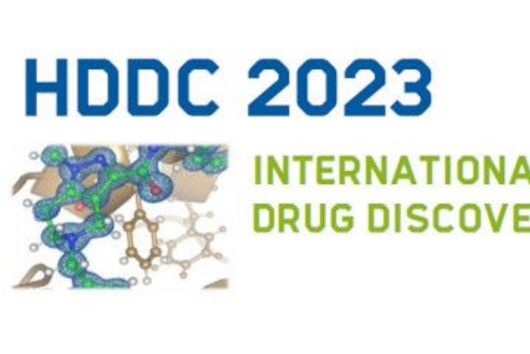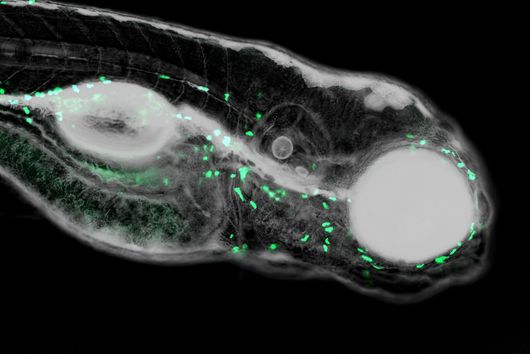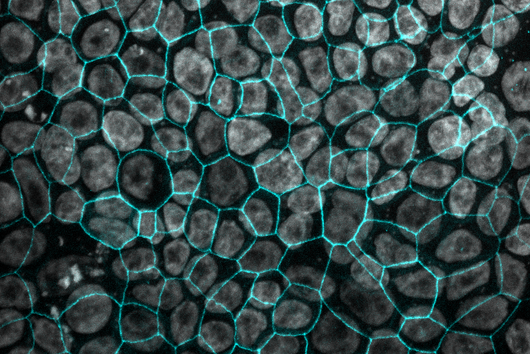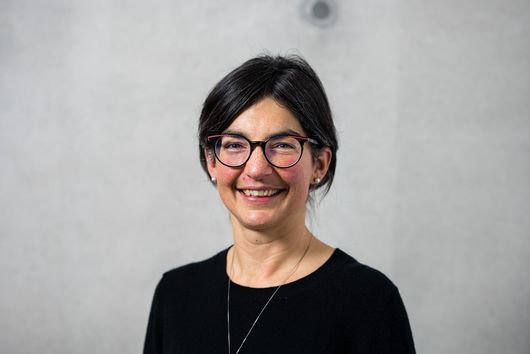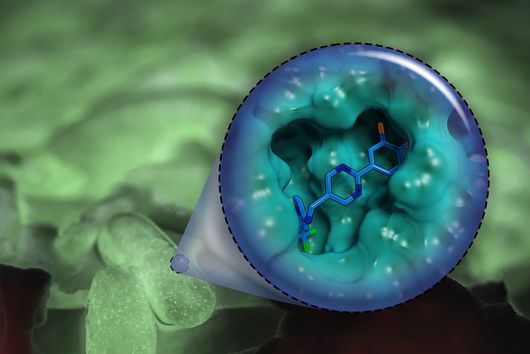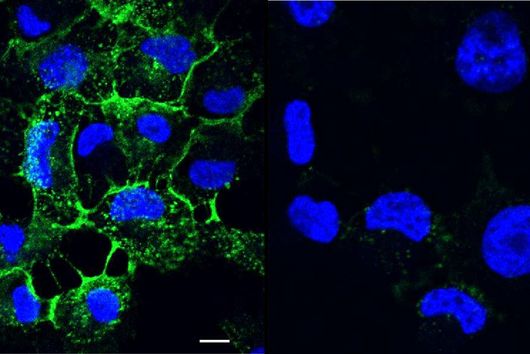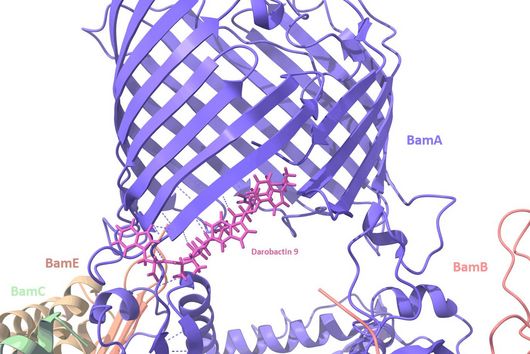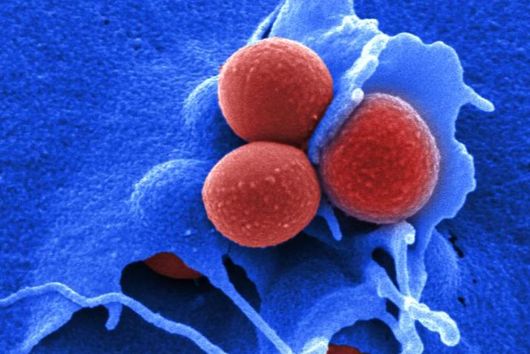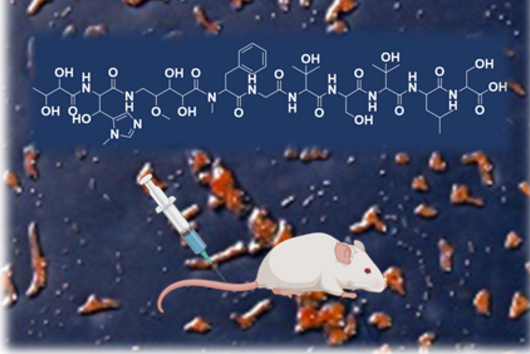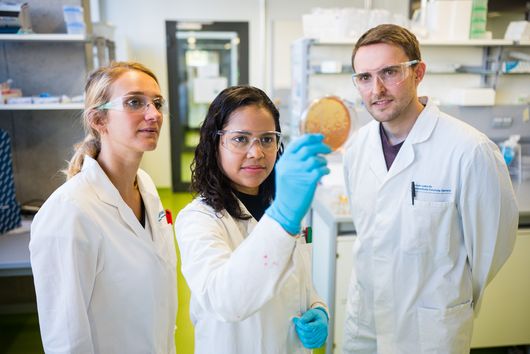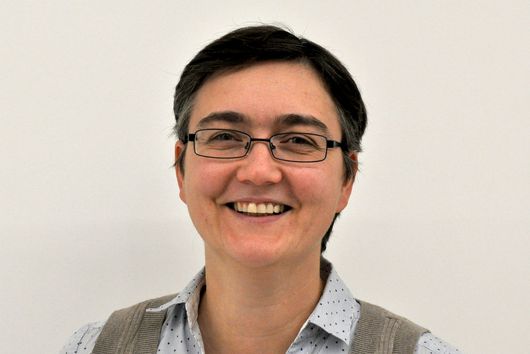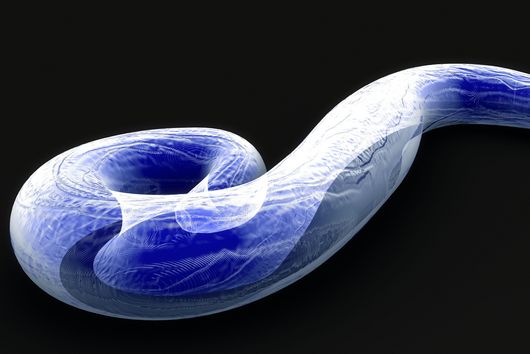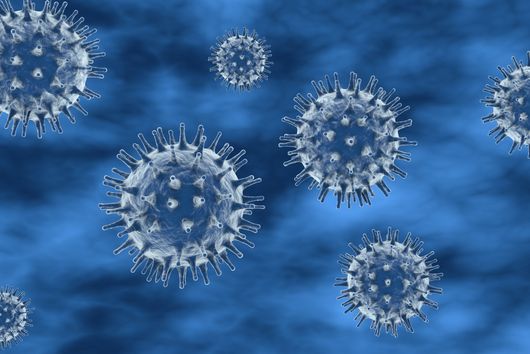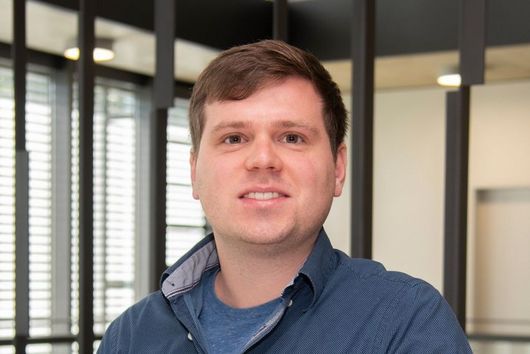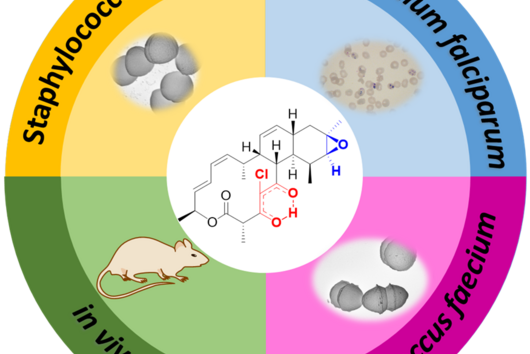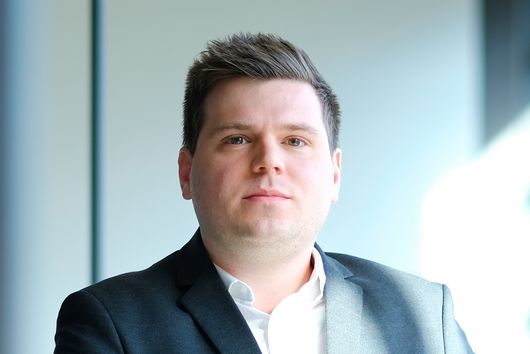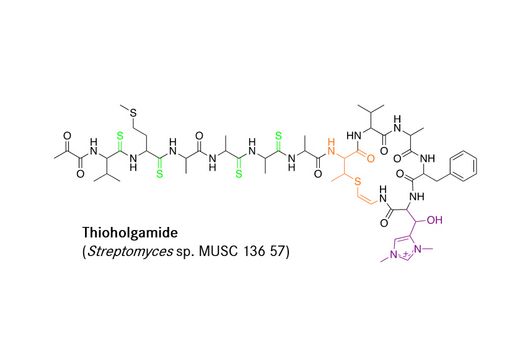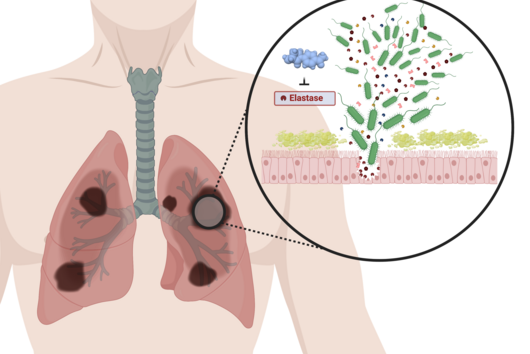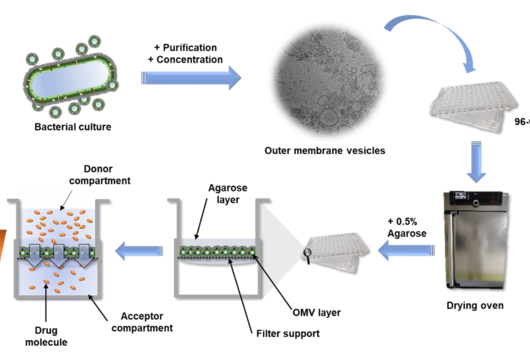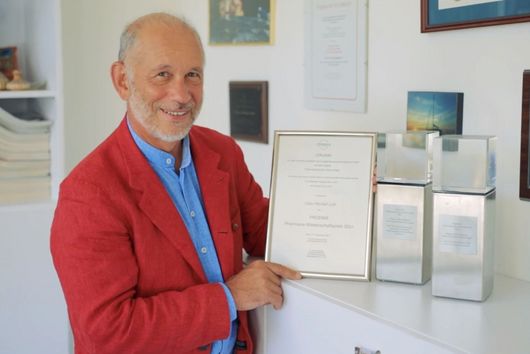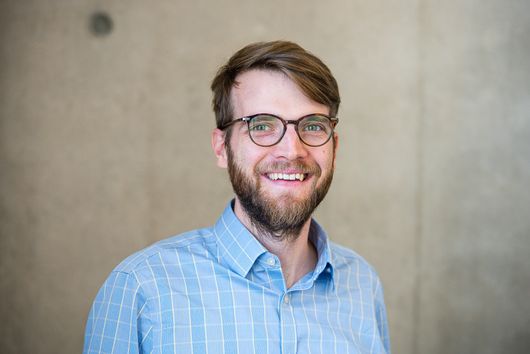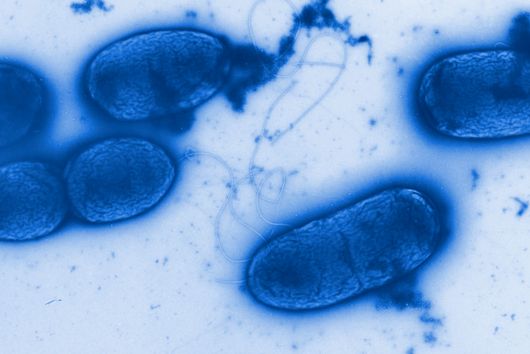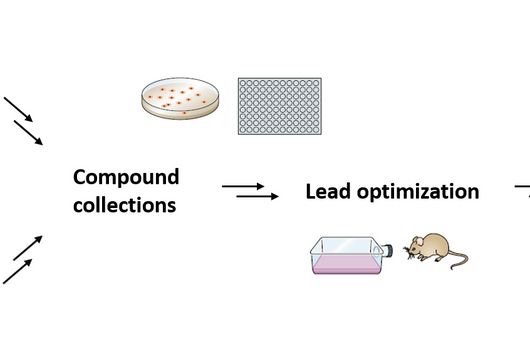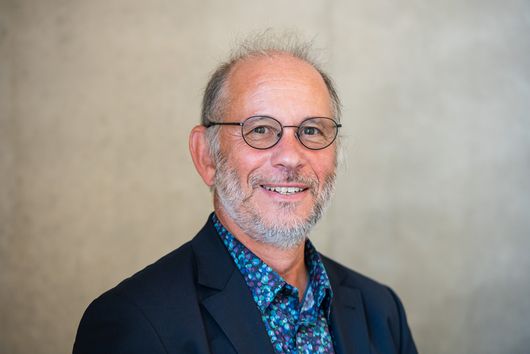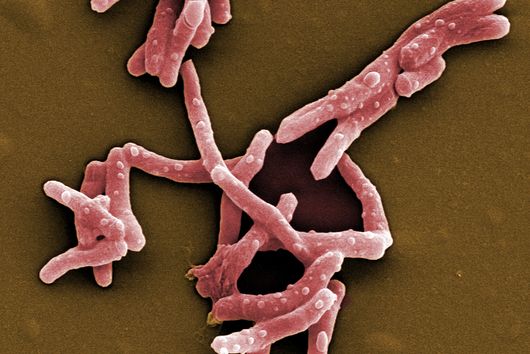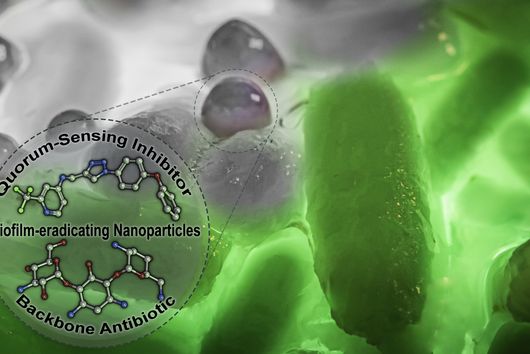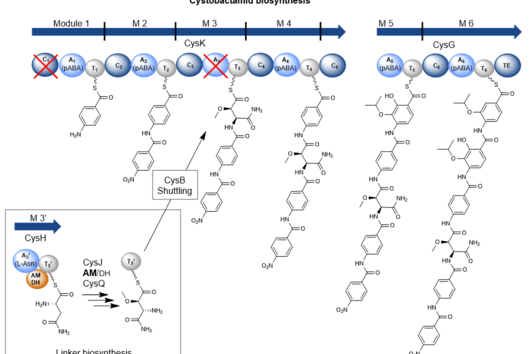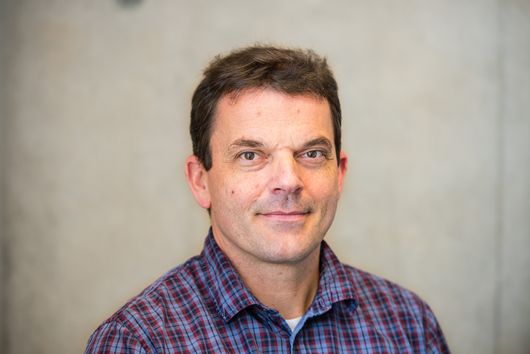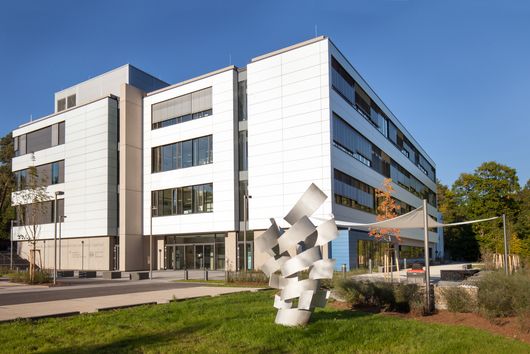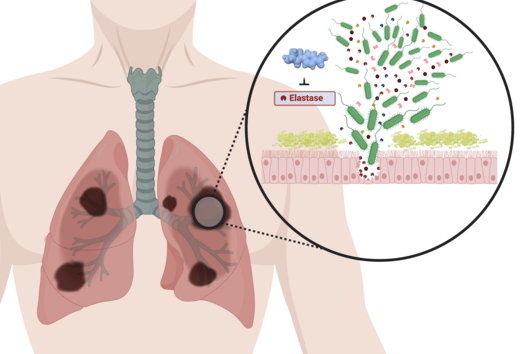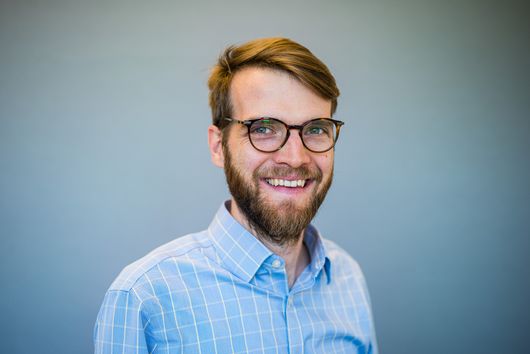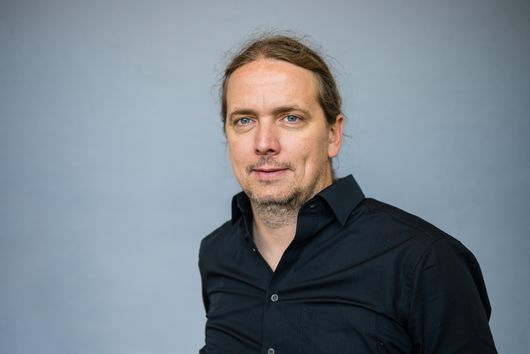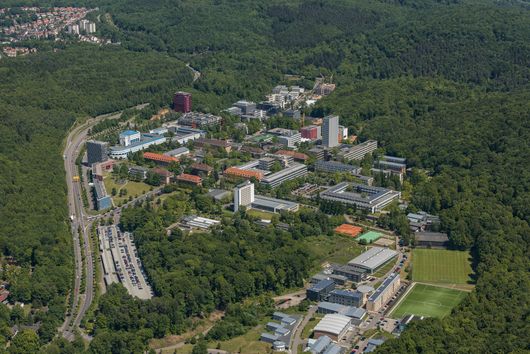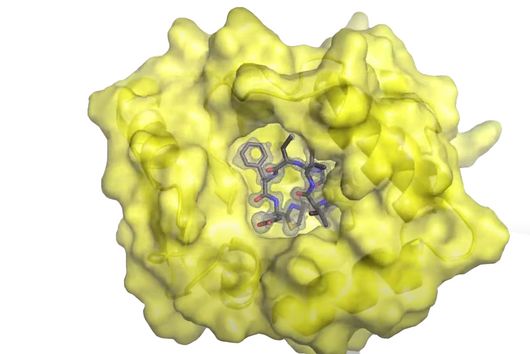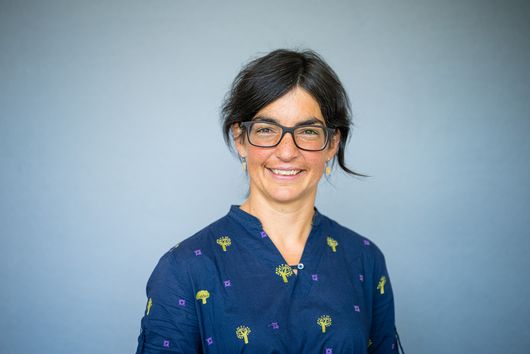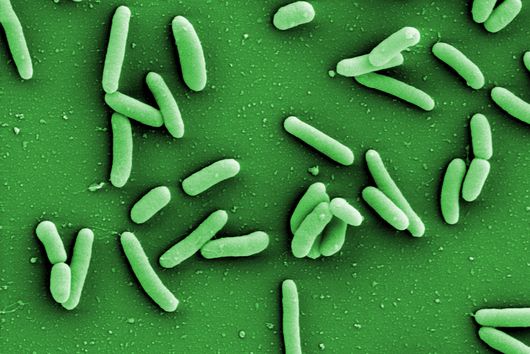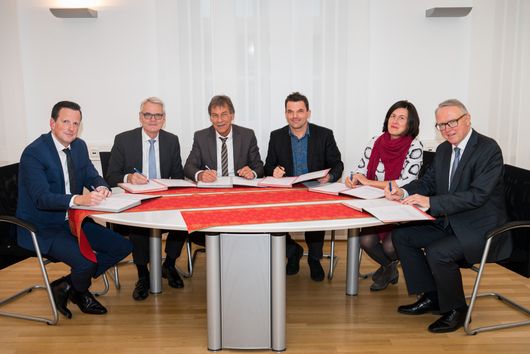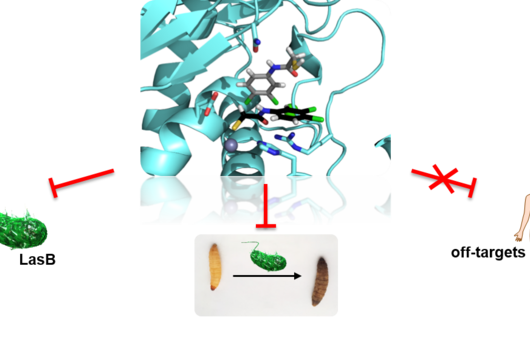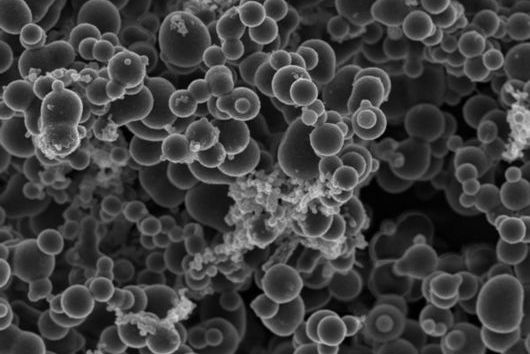Saarbrücken, 18 February 2021 - As scientists from the Department of Microbial Natural Products (Prof. Rolf Müller), Dr. Fabian Panter and Chantal Bader are constantly looking to find new bioactive natural products. In doing so, they have now come across the previously unknown class of sandarazoles. Their results were now published in the journal Angewandte Chemie International Edition. In this interview they talk about what sandarazoles actually are and why this discovery wasn’t planned at all.
In the paper, you describe a new class of microbial natural products called "cryptic" - what do you mean by that?
Fabian: In the context of natural products the word cryptic is not to be understood as "mysterious or enigmatic", but is used when we know a certain gene cluster but cannot assign a product to it. This may be due to various reasons, e.g., the corresponding biosynthetic genes responsible for the production of the desired natural product may be downregulated. In order to stimulate such cryptic biosynthetic genes to produce their corresponding natural product, in our case the sandarazoles, there are various possibilities, ranging from genetic manipulation to simultaneous cultivation of several bacterial strains. In our case, we opted for a so-called promoter exchange, i.e. gene sequences of the bacterium are modified in such a way that the corresponding biosynthetic genes are no longer downregulated and thus the desired product can be produced.
How did you find the plasmid with the blueprint for the sandarazoles?Fabian: That was more or less a coincidence, or as we call it in science "serendipity". Actually, we were investigating the biosynthesis of a completely different natural product from the sandarazole producer, for which we sequenced the genome of this bacterial strain. We noticed that parts of the DNA sequence were sequenced twice as often as other parts, which is due to the fact that the plasmid, in contrast to chromosomal DNA, has two copies per bacterial cell. Thus, we were able to assign which sequences belong to the bacterial chromosome, and which to the plasmid.
How did you manage to get a hold of the sandarazoles? What are the advantages of your approach?
Fabian: Upon closer inspection of the plasmid, we noticed that it contains a biosynthetic gene cluster. However, as mentioned earlier, the sandarazole biosynthetic gene cluster is cryptic, meaning that the sandarazoles are not produced under laboratory conditions. Therefore, we cloned a different promoter in front of the biosynthetic gene cluster, thereby genetically activating it. This gave us a variant of the bacterium that, unlike the original strain, produces large amounts of the sandarazoles. If we also use an inducible promoter such as the vanillate promoter, we can specifically switch production on and off and thus regulate sandarazole production. This is important, especially when secondary metabolites such as sandarazoles are toxic to the producer itself.
The natural producer is an unusual representative of the myxobacteria. When looking for new natural products, does it make a difference whether the bacteria are common or uncommon?
Chantal: In tendency, biosynthetic gene clusters are not randomly distributed across bacterial strains, but are also distributed according to phylogeny. The less closely related two bacterial strains are, the more their biosynthetic gene clusters tend to differ. It is therefore always advantageous to investigate the less studied bacterial strains when trying to find new biosynthetic gene clusters and new biologically active natural products. Here, one has a greater chance of finding new interesting molecules. This is also an important basis for the work in our research group at HIPS. We are continuously working on isolating new strains of myxobacteria, such as the Sandaracinus described in the paper, which we then investigate with regard to the production of new natural products.
What is special about sandarazoles (and their biosynthesis)? What makes them different from other myxobacterial natural products?Chantal: The sandarazoles are produced by a whole series of very unusual biosynthetic steps, which is also reflected in their interesting chemical structure. Among other things, they have a very reactive epoxide and contain an amino acid that has not been observed in nature before. In addition, some of the sandarazoles are chlorinated. These unusual functional groups make these molecules very reactive, as evidenced by the fact that the sandarazoles are very sensitive to atmospheric oxygen.
Did this property have an impact on the handling of the sandarazoles in the laboratory?
Fabian: Compared to other substances, the purification of sandarazoles was a bit more challenging, as every single step had to be carried out under exclusion of atmospheric oxygen. For this purpose, collection vessels in which the sandarazoles were collected during chromatography were permanently flushed with nitrogen gas. In addition, an unconventional chromatography technique called centrifugal partitioning chromatography (CPC) was used to separate the sandarazoles from each other and from impurities. CPC is complementary to classical techniques such as RP-HPLC and thus allows separation in a second dimension, making the purification of sandarazoles more efficient.
What could the newly discovered sandarazoles potentially be used for? What would still need to be done before they could be applied?
Chantal: The chlorinated sandarazoles show good antiproliferative activities in cancer cell assays. Thus, sandarazoles could potentially be used in cancer therapy, if they act via a selective mode of action. However, one would first need to generate a more stable derivative of sandarazoles, e.g. by chemically modifying their sensitive substructures. Here, it would of course be possible to discover further interesting activities in more stable derivatives, since the tests we performed could not be carried out completely in the absence of air. Thus, a significant part of the sandarazoles potentially already decayed during the tests. Especially with regard to a potential development as a drug, stability is a very important issue, as it is difficult (and very expensive) to produce, store and finally administer drugs to the patient under complete exclusion of atmospheric oxygen.
Original Publication:
Fabian Panter, Chantal D. Bader, and Rolf Müller: The sandarazols are cryptic and structurally unique plasmid encoded toxins from a rare myxobacterium. Angewandte Chemie International Edition, 2021. doi: 10.1002/anie.202014671
read the article
Dr. Yannic Nonnenmacher conducted the interview

